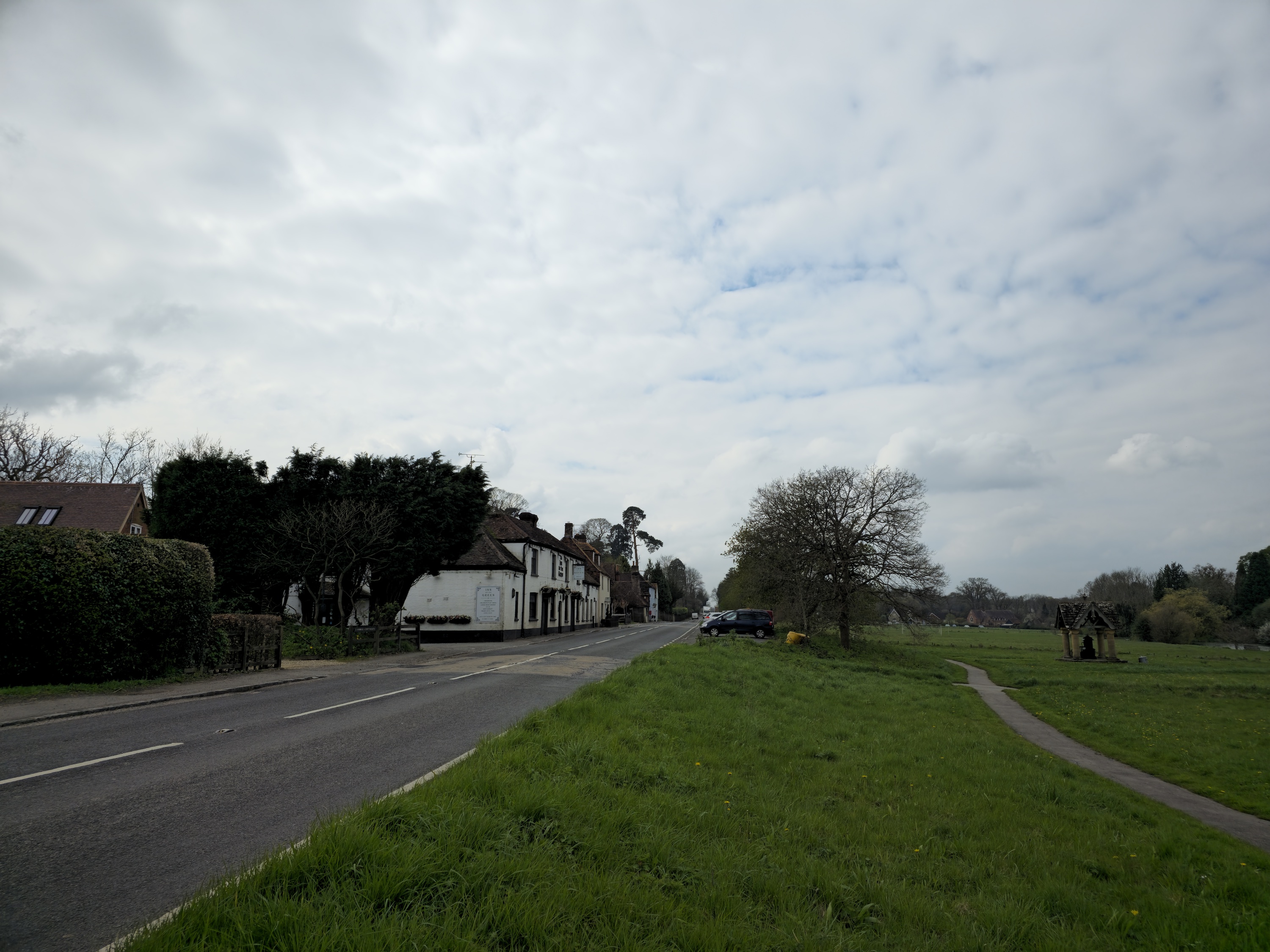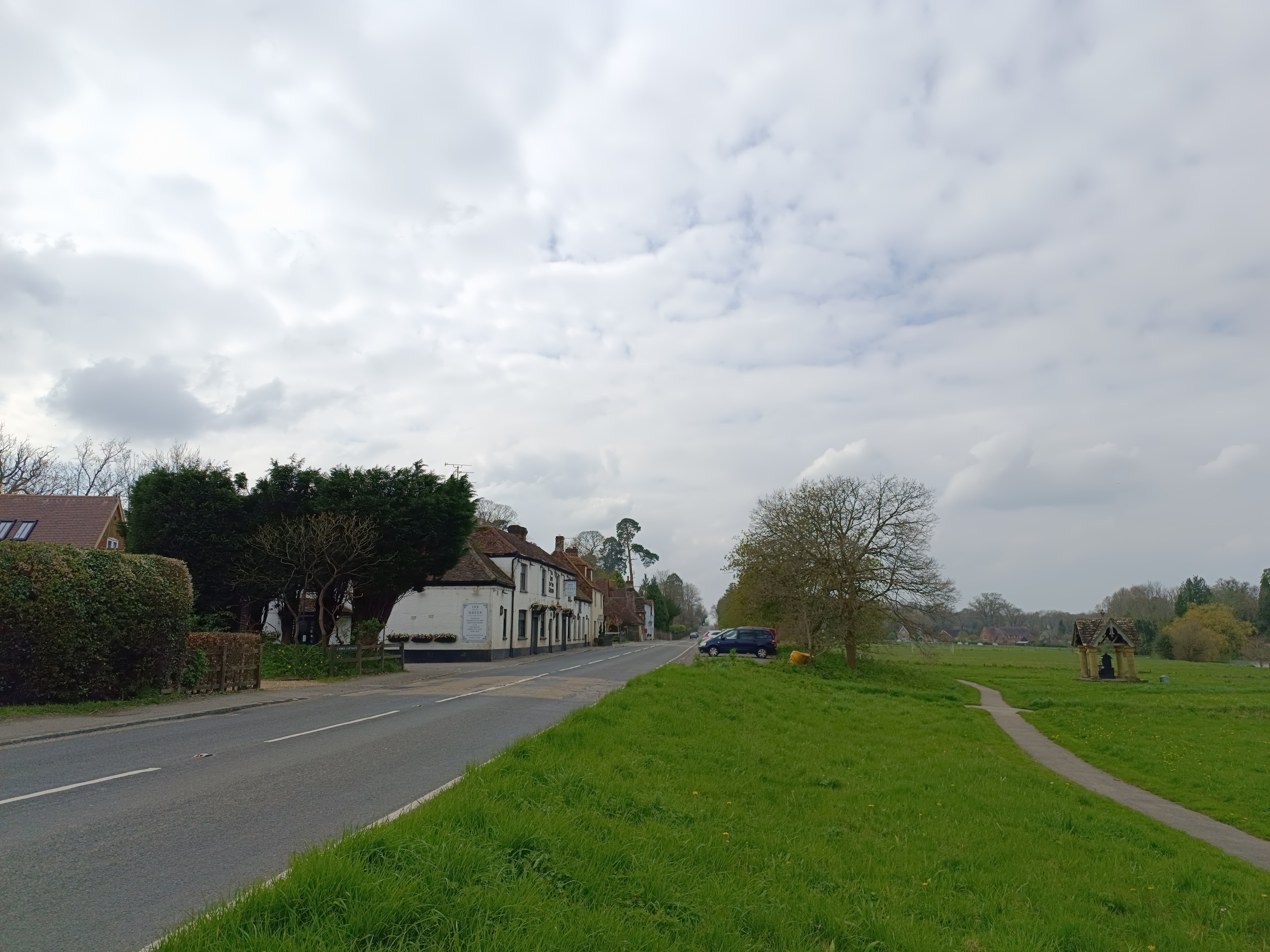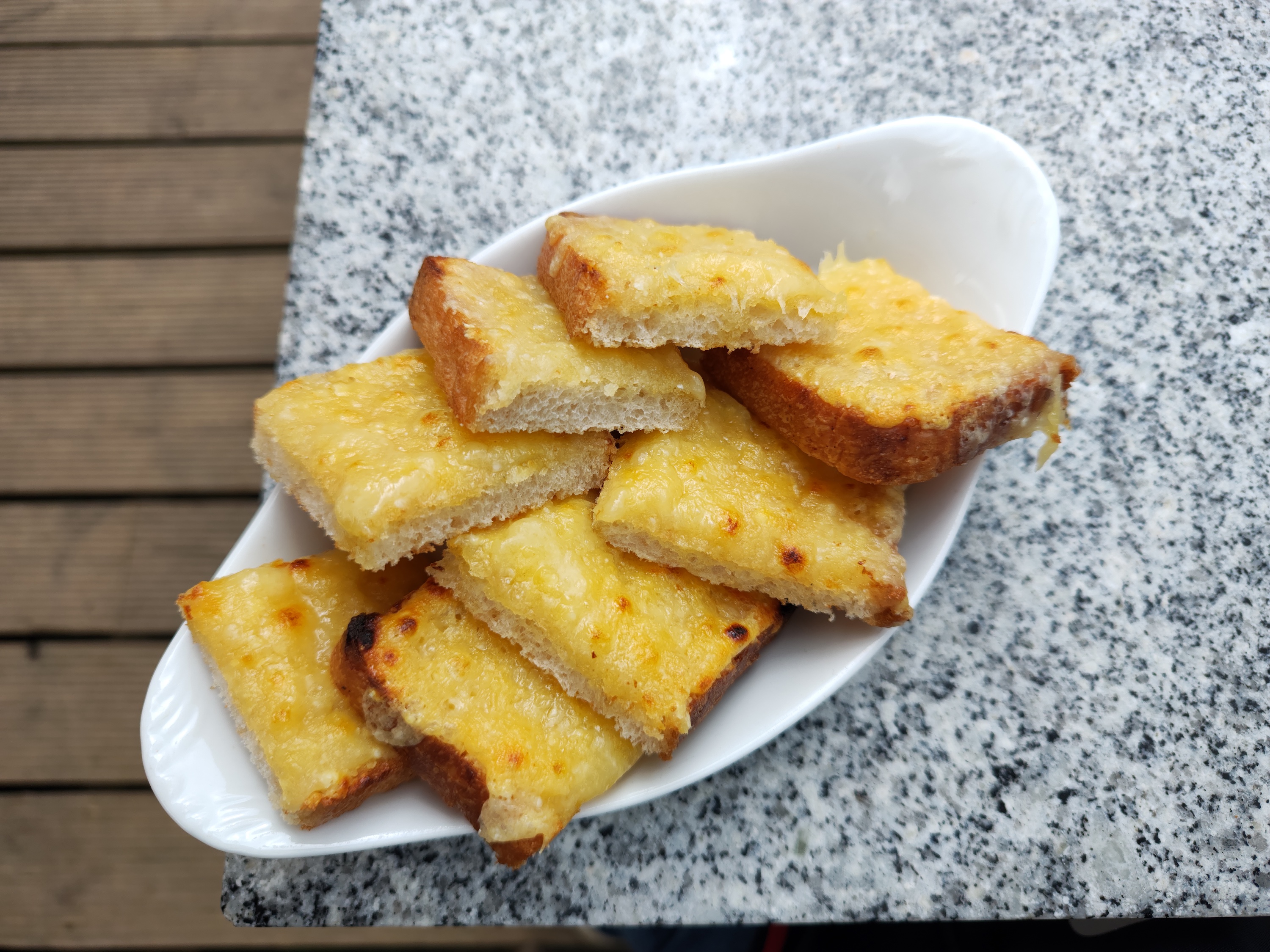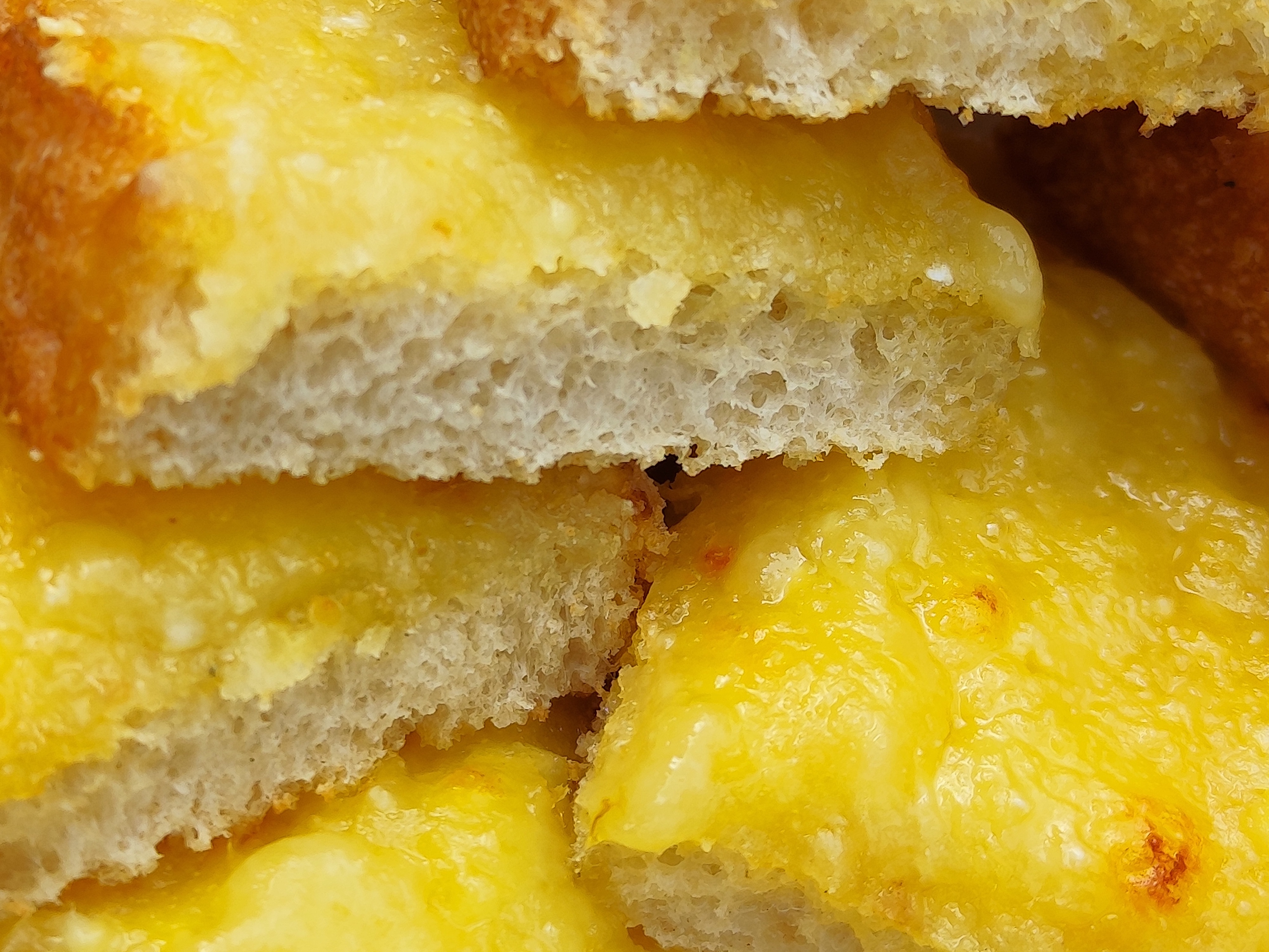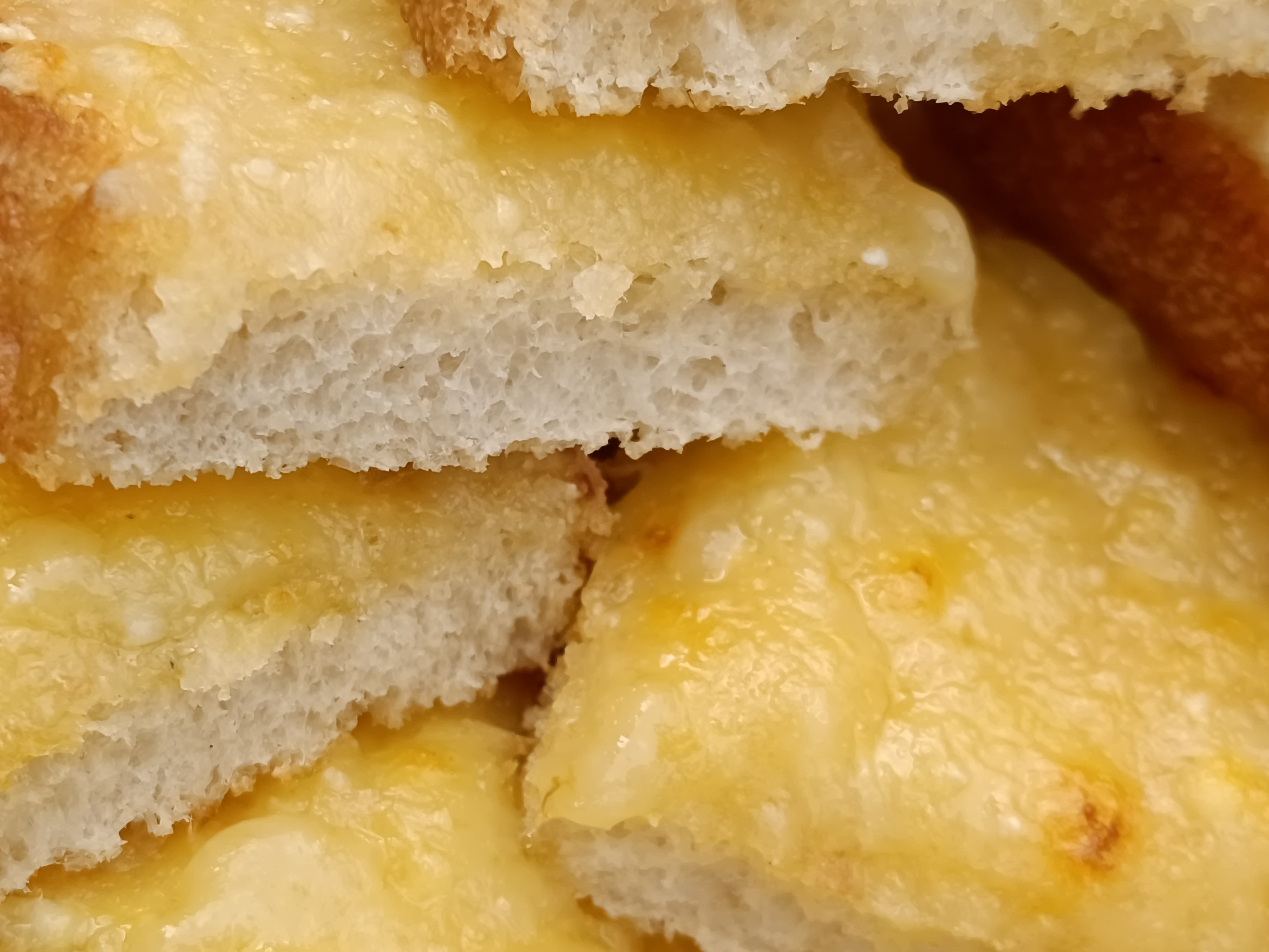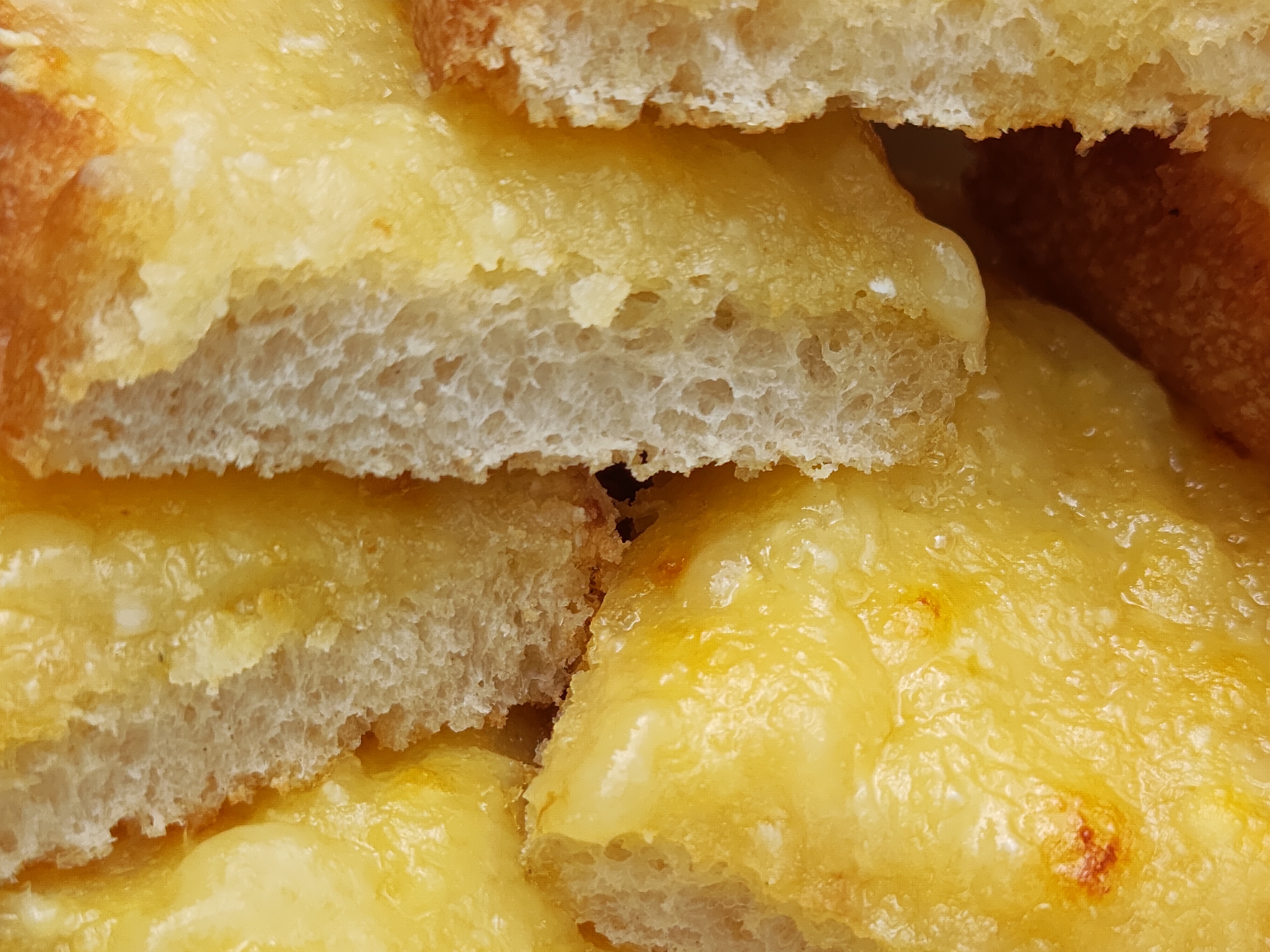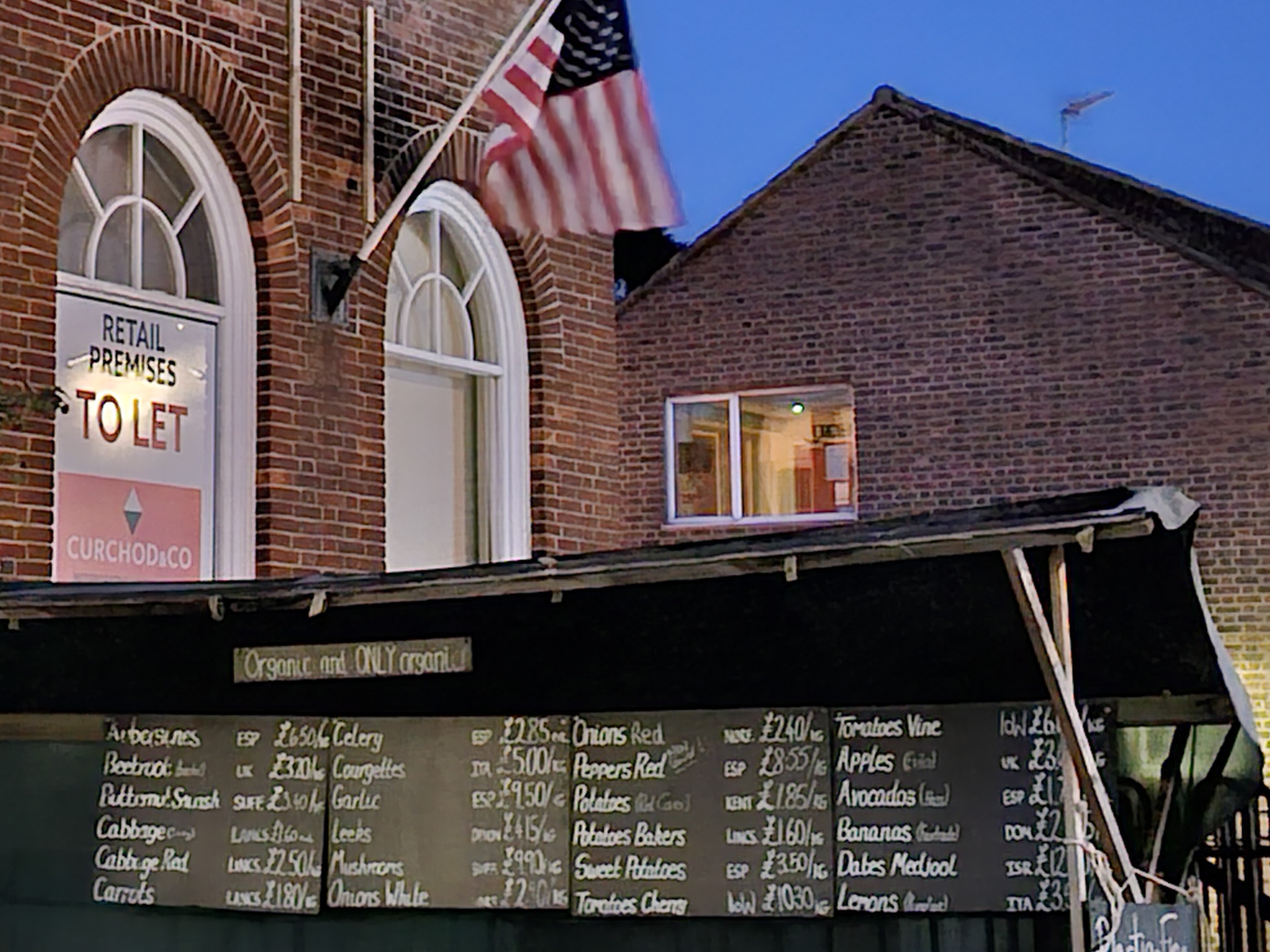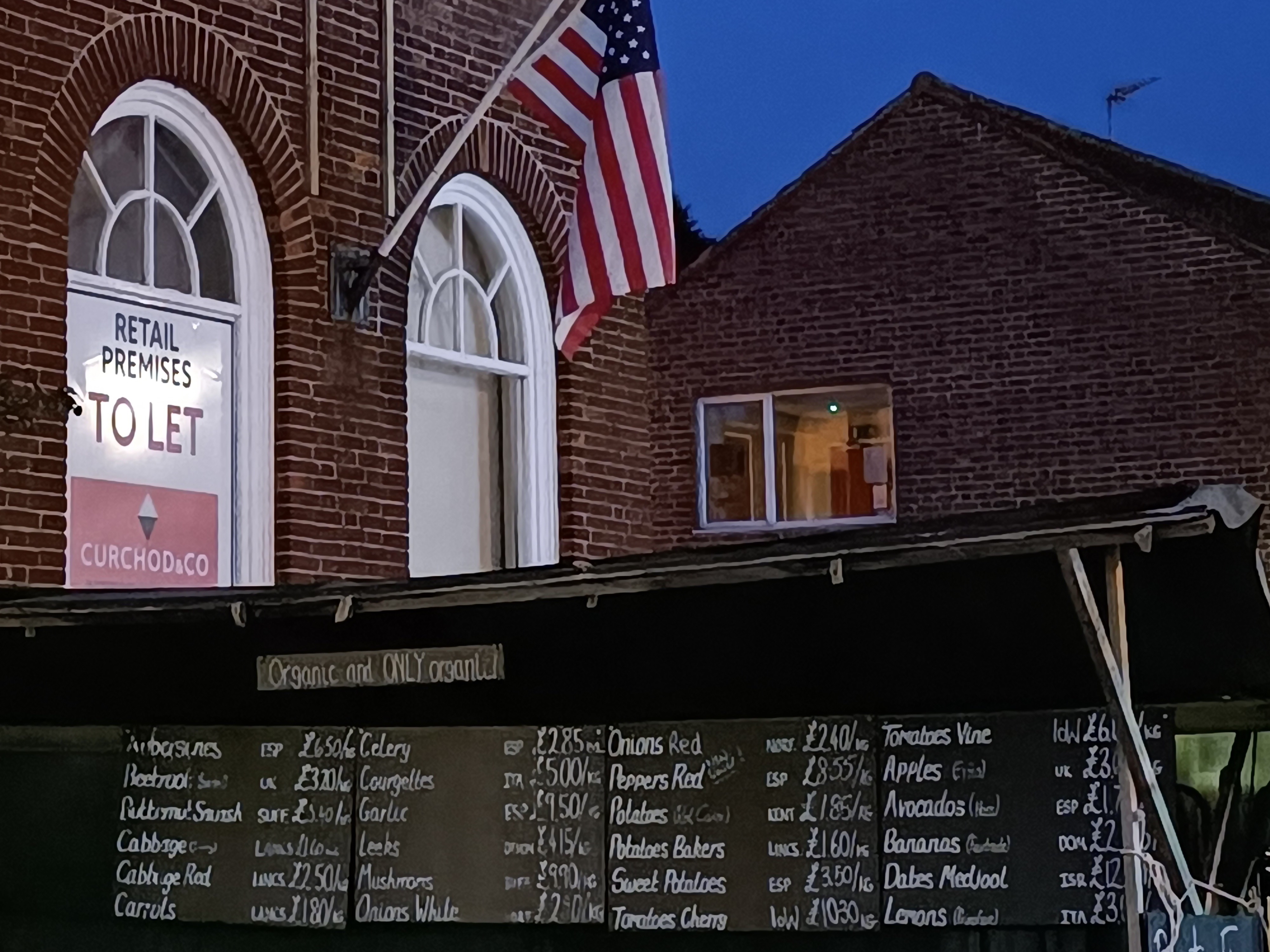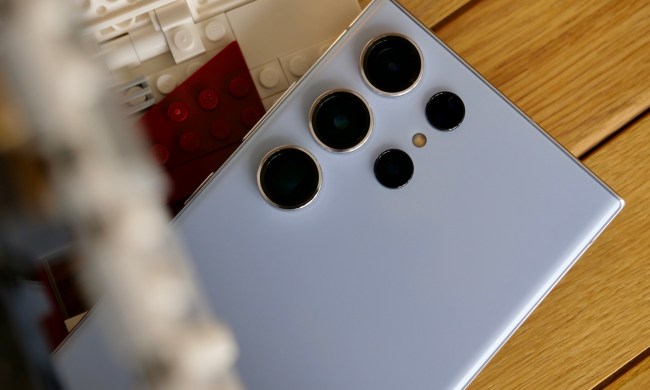While it’s still an attention-grabbing camera spec, there are now several smartphones with 200-megapixel cameras available to buy, with the best-known being the Samsung Galaxy S23 Ultra. But just because it’s the best-known, does this also mean it takes the best 200MP photos? To find out, we’ve put it against the Motorola Edge 30 Ultra, the Xiaomi 12T Pro, and the Redmi Note 12 Pro+ — all of which also have 200MP main cameras.
That’s 800MP in total being flexed, and as there are considerable differences between the camera sensors, processors, software, and prices, the winner isn’t as clear-cut as some more standard camera comparisons between two competing phones. Let’s see how they all perform.
The 200MP cameras

Usually, when we compare smartphone cameras, we look in detail at all the different features to establish which one takes the best photos.
In this test, we’re only going to examine the 200MP camera. We’ve already taken a close look at the Galaxy S23 Ultra’s 200MP camera in a separate test, but this is the first time it’s going against three other phones, all with 200MP cameras, that have distinct differences between them.

Starting with the Galaxy S23 Ultra, it uses Samsung’s ISOCELL HP2 200MP camera, which was announced at the beginning of 2023,making it the newest camera in our test. The 1.1.3-inch sensor is packed with clever technology, and unless you manually switch to 200MP mode, it takes photos at 12.5MP by merging multiple pixels into one. This applies to all the cameras in our test.
The Motorola Edge 30 Ultra also has a Samsung ISOCELL camera sensor, but it’s the HP1 version, which was announced at the end of 2021. It’s slightly smaller than the HP2 at 1/1.22 inches and was the first 200MP camera to be made available. The ISOCELL HP1 is also inside the Xiaomi 12T Pro, but in the Redmi Note 12 Pro+, it’s Samsung’s ISOCELL HPX 200MP camera. The HPX arrived at the end of 2022 and, at the time, was only announced in China.

Other specs make a difference to camera performance. The Galaxy S23 Ultra has the Qualcomm Snapdragon 8 Gen 2 for Galaxy processor and Android 13 with One UI, while the Motorola Edge 30 Ultra has the Snapdragon 8+ Gen 1 with Android 12 — the same as the Xiaomi 12T Pro. The Redmi Note 12 Pro+ has MediaTek’s 1080 processor with Android 12. Both it and the Xiaomi phone have Android 13 with the MIUI 14 interface.
12MP photo comparison
Before we look at the 200MP shots, it’s worth comparing a standard 12MP photo taken with each phone, so we can establish a baseline for performance and to get an idea of photo quality under more normal circumstances.
The Motorola Edge 30 Ultra’s photo is a little washed-out, lacking vibrancy in different spots in the photo, but it’s still quite attractive. It’s the same for the Redmi Note 12 Pro+, but its natural tones and good balance really catch my eye. The Xiaomi 12T Pro comes closer to the Galaxy S23 Ultra’s style, with strong colors, but it tones down the sky considerably.
There’s a surprising amount of noise in the Galaxy S23 Ultra’s photo, most notably in the clouds. Otherwise, the photo looks great. I’ll choose the Xiaomi 12T Pro’s photo as the one I’d share without editing; however, I’m sure some will prefer the S23 Ultra’s more saturated style.
Crop of a scenic 200MP photo
One of the main reasons to shoot a 200MP photo is the ability to crop an image down from the full 16230 x 12240-pixel resolution to something more manageable without sacrificing much quality. The first gallery shows all four 200MP photos, which have been resized for easier online viewing.
They’re all very different. None expose the scene in the same way, some saturate the colors more aggressively, and the white balance is very different in each. For once, it’s clear the photos come from different cameras, and that’s not always the way in these tests. The photo I like least is the Galaxy S23 Ultra’s. It’s surprisingly dark, and although it wasn’t a bright day, it was far less oppressive than the Samsung camera shows.
The Xiaomi 12T Pro’s photo has a noticeable blue tint, which reduces its appeal, but there’s more detail in the shadows than in the S23 Ultra’s photo. The Redmi Note 12 Pro+’s photo is better balanced, but a little overexposed, and there’s a lack of detail in the foreground. The Motorola Edge 30 Ultra took the best all-around photo, but don’t think that means it’ll also win when we examine them more closely.
Next, in the gallery above are cropped 4000 x 3000 images, which is the same resolution as a normal 12MP photo taken by all four cameras It’s a “zoomed” in view of a pub taken from the far larger initial image, rather than moving closer to the subject and retaking the photo. You can immediately see where the Galaxy S23 Ultra’s photo is darker, but now additional detail shines through.
Look at the smaller sign. The text is readable and clear in Samsung’s photo, and the pub’s roof tiles and brick walls have texture and detail, plus there’s far less pixelization and artifacts than in the other photos. Yes, it has been smoothed out, but it doesn’t look artificial. The Xiaomi 12T Pro’s photo is noisy, the Redmi Note 12 Pro+ image has been excessively smoothed out, and the Edge 30 Ultra’s image has a lot of edge enhancement, color aberrations, and bizarre visual issues such as the tops of the trees.
The way the Galaxy S23 Ultra exposed the entire image doesn’t portray the scene in the way I saw it with my own eyes, but when you closely examine the photo, it’s far more detailed, has much less noise, and doesn’t aggressively use digital enhancements that ruin the overall look.
Crop of a close-up 200MP photo
Most of the time, 200MP photos make sense when shooting scenes like the one above, but what about close-up shots that feature objects or food? Some cameras with large sensors have difficulty focusing close-up, but the additional detail in a 200MP photo does lend itself to creating interesting macro-style shots after cropping an image.
The gallery above shows the 200MP photos from our four test cameras, and once again, the Motorola Edge 30 Ultra takes the better-balanced, more immediately attractive photo. The Redmi Note 12 Pro+’s photo is a close second with its natural tones, while the Galaxy S23 Ultra’s photo is darker than the rest, and Xiaomi’s photo has boosted the colors too much.
Now lets crop into another 4000 x 3000-pixel image. The Redmi Note 12 Pro+ photo doesn’t quite have the depth of detail seen in the other images, and it does look a little washed-out when you get in so close. The Xiaomi 12T Pro’s photo is good, with sharp focus and plenty of detail and texture in the photo. It could easily be used as a standalone image, unlike Redmi’s photo.
The Motorola Edge 30 Ultra’s photo has an uncanny artificial look, with an odd digital mesh appearing on the image that’s only visible when you zoom in like this. the focus isn’t as accurate as the Xiaomi 12T Pro’s photo either. The Galaxy S23 Ultra has a lot more detail in the image, but can’t quite match Xiaomi’s photo due to the focal point being too tight.
Like the first photo example, the Edge 30 Ultra can’t follow its well-balanced full photo with a detailed crop, and the closer you look, the worse its photos appear. The Redmi Note 12 Pro+ is similar, while the Xiaomi phone impressed more this time around and the Galaxy S23 Ultra showed its reluctance to get in close to a subject.
Crop of a lowlight 200MP photo
Our last comparison photo is one taken at night, with only ambient street and building lights illuminating the scene. All four used a longer exposure time to take the shot, but it’s worth noting that the Motorola Edge 30 Ultra takes noticeably longer to process a 200MP image after pressing the shutter button than the rest, even in normal lighting conditions.
As before, the gallery above shows all four 200MP photos (resized) in their entirety. The Motorola Edge 30 Ultra is by far the worst, and it’s the only one that didn’t employ Night mode enhancements in its 200MP setting, while the other cameras all did — and it really shows. The Redmi Note 12 Pro+ photo looks great, with much better balance than the Xiaomi 12T Pro and far more detail on the ground too. There’s not much to choose between the Redmi Note 12 Pro+ photo and the Galaxy S23 Ultra’s, at least at first glance.
The gallery below shows a 4000 x 3000 cropped image from the large photo above, and unsurprisingly the Motorola Edge 30 Ultra’s nonassisted photo looks the worst — with noise, pixelation, and a lack of detail. The Redmi Note 12 Pro+ is next, mostly due to noise in the image, which otherwise looks decent, with good white balance and plenty of brightness.
That leaves the Galaxy S23 Ultra and the Xiaomi 12T Pro. They’re quite closely matched, but the Galaxy S23 Ultra’s additional sharpness, less noise, and more accurate colors make it the winner here. The combination of the camera and processor undoubtedly plays a part in the S23 Ultra’s superior lowlight ability, even in 200MP mode.
Not all 200MP cameras are the same
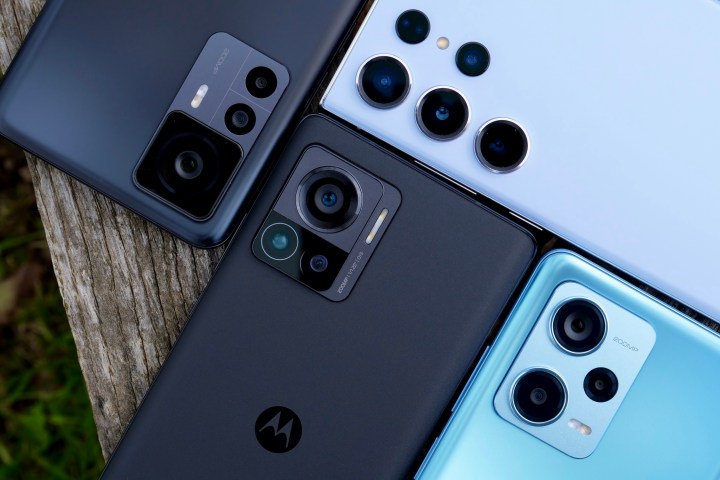
It may say 200MP on the box of all these phones, but that doesn’t mean they all take exactly the same photograph. In fact, there’s a huge amount of difference between them, and the variation in quality and scene control shows there’s still plenty of work to be done on the software side to get the best from them all. It has also made choosing a winner really difficult.
We haven’t added a winner for each section, as the results varied so much between the full image and the cropped image, and the same phone didn’t always win both. But we are going to choose an overall winner, and it has to be the Samsung Galaxy S23 Ultra. It won’t come as a surprise, but the fact that its rivals came really close to it — and even beat it on several occasions — shows it didn’t have an easy time.
The Xiaomi 12T Pro came close to winning, but it can’t match the S23 Ultra’s consistency, while the Motorola Edge 30 Ultra lacked the polish and really disappointed in the lowlight category. Perhaps the biggest surprise is the Redmi Note 12 Pro+, as it was always firmly in the mix. It uses a different processor and sensor from the rest and costs just 450 British pounds in the U.K. (or around $550), which is less than half the cost of the phones it’s competing against. The 200MP camera is not perfect, but considering how much cheaper the phone is, some people may be willing to compromise. Or at least be reassured that if they are buying it, the 200MP camera isn’t a disaster.




